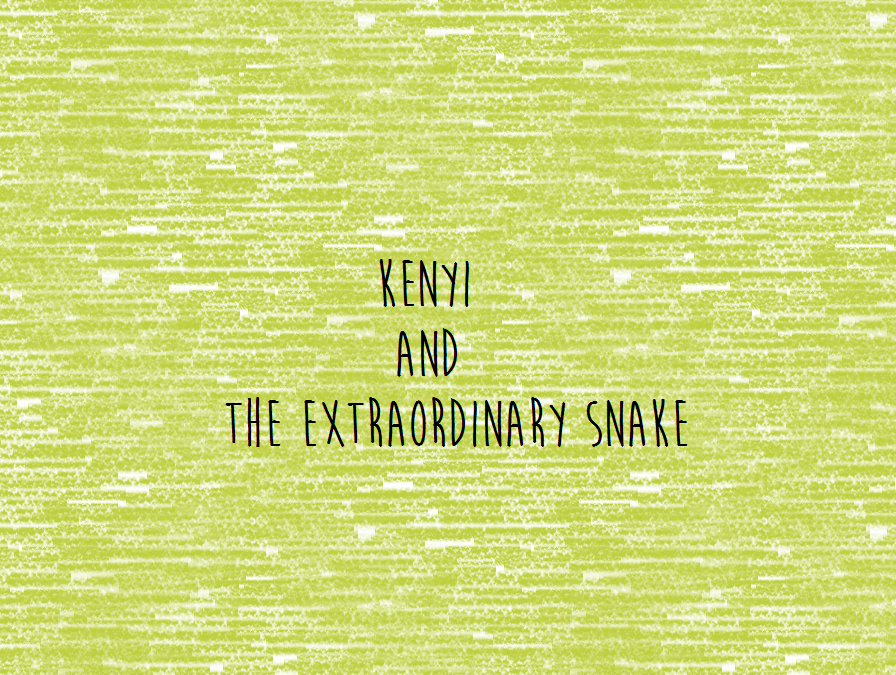
Kenyi and the Extraordinary Snake
I would like to narrate to you my story in Bari language. This is the story of Kenyi and his mother Ilanda who lived in a big village. During that time, when the inhabitants of this village wanted to drink water from the river, the chief had to sacrifice one of his daughters to the big snake called Wum who lived in the river, so that it would be safe enough to approach the river to fetch the water. Years went by, and girls continued to b sacrificed and thrown into the river for the big snake to swallow so that the villagers could fetch the water.
This is the story of Kenyi and his mother Ilanda who lived in a big village.
Many chiefs died and others came and sacrificed their daughters so that their people could have access to water from the river. If they failed to throw a girl to the snake then the people will not drink water. This situation continued for some time. After that there came a very bad and selfish chief who said “Why should I sacrifice my daughter for all these people to drink water? If they don’t drink water it is not my problem. No…no I don’t care if the snake wants to swallow them, then let them all die, but I will never sacrifice my daughter at all.” This chief had no concern about the lives of other people in his village; he only cares about himself and his family unlike those other chiefs who came before him. They were standing by their people. People were taking water from the river because these good chiefs were sacrificing their daughters by throwing them to the snake. But this selfish chief refused and said he does not care about the lives of others, whether they drink water or not but he will not throw his daughter to snake. It happened that the snake got angry because he did not have something to eat because the selfish chief did not sacrifice his daughter as it used to be done by his predecessors. The snake came to the village and decided to swallow everybody.
Why should I sacrifice my daughter for all these people to drink water?
There was a pregnant woman called Ilanda. She was not in the village at the time the snake swallowed the people. She was in the bush collecting firewood. Ilanda came back to the village and found nobody around. The village was empty. She asked herself, where did these people go? What happened to the people of this village? She did not get answers, and then she decided to go back to the bush where she was collecting the firewood.
Ilanda stayed alone in the bush for sometimes until she gave birth. When she was almost giving birth, she said to herself, now what can I do in this big bush, there is no human being and no water. Now who can help me? And she said to herself again, I think God is there and He will take care of me. She tried to call if there anybody in the bush to help her but there was no reply. She tried again and again by shouting, is there any one here in this bush? Is there any one there to help me? She continued again and again until finally she heard something saying: “I am here…I am here… if I come to you with this look wouldn’t you laugh at me?” Ilanda replied: “Oh my brother, how can I laugh at your look and I actually need your help?” And the voice replied: “I am here and my name is Domene ko dang (Catch me by Arrow). I have one leg, one hand, one ear and my nose is cut and my mouth too. Everything in my body is cut, are you sure you will not laugh at me? The woman replied: I won’t laugh at you, just come; I really need your assistance. The strange man came and looked at the Ilanda and told her “I will help you.” The strange man really came and began to help Ilanda until she gave birth. The strange man continued to help Ilanda by going to the bush hunting animals so that the woman would continue to eat. Sometimes he brought gazelle and other times he brought different types of animals. The strange man also hid himself and Ilanda in the bush so that the big snake does not come and catch them.
I am here and my name is Domene ko dang (Catch me by Arrow). I have one leg, one hand, one ear and my nose is cut and my mouth too. Everything in my body is cut, are you sure you will not laugh at me?
Ilanda was feeding her son Kenyi well who was growing very fast. Slowly and slowly Kenyi began to understand and one day he asked his mother, “why are we staying alone in this big village with many houses? Where have the other people of this village gone?” Ilanda replied, “Oh my son, what are you asking? Where do you think your father and the other people have gone? You don’t know that the big snake swallowed them all? Actually, there is a very big snake called Wum in that river and if you go there it will also swallow you my son and you will not come back again. A long time ago if the snake wanted to eat, villagers would throw a girl close to the river and while the snake would ate and swallowed her, people could fetch water from the river to drink. And at that time, the good chiefs who loved their people threw their daughters to the snake. Many chiefs came and went and this tradition continued until the coming of that bad and selfish chief who refused to sacrifice his daughter. Then, the big snake got angry and swallowed all the people of the village including your father, and then the snake laid in the river. There was no one who has dared go close to the river or fetch water since then, and if you dare to go there today, the snake will not spare you either.” Kenyi listened to his mother carefully and said to himself, Now what can I do to rescue my father and the people of my village from this big snake?
Now what can I do to rescue my father and the people of my village from this big snake?
He grew up and decided to leave his hiding and went far to another village. There he met a strange man and immediately he ran to him, knelt down and caught his leg saying: “Please I have come to you asking for help. I want you to help me rescue my father and the people of my village who were swallowed by a big snake in the river. Please tell me what can I do uncle?” The strange man replied, “My son, you are still young, and you must grow first. After that, I will show you what to do. Please don’t worry about your people, they are still alive in the womb of the snake; it did not eat them.”
Kenyi went back home to his mother. He constructed a small house for his mother. He would go out at night and come back at night so that the snake would not see him until he became big and mature.
Then, Kenyi went back to the strange man. The man gave him a knife and said, “Let’s go to the top of that mountain.” They went together and the strange man told Kenyi, “Sharpen this knife here. When you hit the tree with this knife it won’t cut it, and when you hit it on the big stone it will divide the stone into two, then the knife will kill the big snake.” Immediately, Kenyi began to sharpen the knife and tried it on the tree. It cut the tree, and when he tried the knife on the big stone, it did not divide it. Once again, he sharpened the knife for some time and tried it again and again. The next day, Kenyi tried the knife on the tree, and just as the strange man had said, it did not cut the tree. Then, he tried it on the stone, and it cut the stone into two pieces. So the strange man told Kenyi, “Now this knife is ready to kill the snake.”
Kenyi returned to his mother and stayed with her for sometime and then went back to the strange man. He asked the strange man, “Now this knife is ready, but how can I kill the snake for I have heard that it is very big.” The strange man replied, “You have asked a very important question. You must construct a staircase as a fortress from the river bank to the bush where your mother lives. Because when you hit the snake it will not reach you and this staircase will prevent it from catching you.”
So Kenyi began to cut the trees in order to build his fortress. He constructed a big staircase from the bush to the mouth of the river. He then went to his mother and told her, “Mama I am now going.” Ilanda made Kenyi sit and talked to him and gave him some advice and then allowed him to leave.
Wum… where is the wum that swallowed my father
Wum… where is the wum that swallowed my father
Let it come and swallow me… come and swallow me
Kenyi went at night up to the mouth of the river where the snake laid. He waited till early morning and then he began to scream and sing loudly:
Wum… where is the wum that swallowed my father
Wum… where is the wum that swallowed my father
Let it come and swallow me… come and swallow me
The big snake replied by singing:
Hum Kenyi I forgot you in the bush
Hum Yongo I forgot you in the bush
The snake usually climbs mountains
Kenyi where will you get me
After that, immediately the snake jumped out from the river to swallow Kenyi but instead hit his head hard and turned to the fortress jumping from stair to another till he reached the bush. The snake tried to follow Kenyi but failed because the stairs Kenyi built prevented it. So the snake retreated to the river and laid in the water. Again Kenyi came back to the river and shouted:
Wum… where is the wum that swallowed my father
Wum… where is the wum that swallowed my father
Let it come and swallow me… come and swallow me
The big snake replied by singing:
Hum Kenyi I forgot you in the bush
Hum Yongo I forgot you in the bush
The snake usually climbs mountains
Kenyi where will you get me
Again the snake jumped out from the river to swallow Kenyi, but hit his head harder and ran to the fortress, jumping from one stair to another till he reached the bush. The snake also tried to follow Kenyi but failed. So the snake once again went back to the river and laid in the water. Kenyi repeated the action for the third time and shouted loudly:
Wum… where is the wum that swallowed my father
Wum… where is the wum that swallowed my father
Let it come and swallow me… come and swallow me
The big snake replied by singing:
Hum Kenyi I forgot you in the bush
Hum Yongo I forgot you in the bush
The snake usually climbs mountains
Kenyi where will you get me
Again the snake jumped out from the river to attack Kenyi, but hit his head harder this time, and hit it again and again till he fell down dead.
You are the father of all our daughters. How can you marry your own daughter? You are the one who rescued us from the womb of the snake
Kenyi opened the snake’s womb and brought out all the people of the village including his father. There were ululations from women and girls and jubilant shouts from men and boys. Kenyi rescued everything including cows, goats, chicken and all the other animals which were swallowed by the snake.
Everybody went to his house. Kenyi began to dig a big hole and collected the wood which he had used to construct his staircase and threw it into the big hole. He then lit a very big fire in the hole and began to collect pieces of the snake and threw the pieces into the fire. After that, he buried the remains and went to the river to construct drums. The people of the village began to play the drums with jubilation and ululations. After that everyone went home to rebuild their houses.
After this massive rescue, all the people of the village regarded Kenyi as their father. He built a house for his mother. Then, whenever Kenyi went to a house asking for their daughter in marriage, the family would tell him, “You are the father of all our daughters. How can you marry your own daughter? You are the one who rescued us from the womb of the snake.”
Kenyi was disappointed by these attitudes and decided to leave his village and go far away to find a wife. There was a beautiful girl called Kiden. She was the daughter of the chief of a village far away. Kenyi went to that far village, and before reaching there, he killed a monkey and wore its skin and entered the village as a monkey.
Kenyi stayed for some time at the chief’s house as a monkey. At times, he moved among the people, and stayed closer to them. Then, when he saw Kiden go to fetch water, Kenyi followed her and removed his monkey skin so that he could talk to her. These encounters happened repeatedly until Kenyi married Kiden and stayed with his in-laws for some time. Kenyi continued digging and cultivating the land for his in-laws until they allowed him to take his wife to his village.
Finally, Kenyi brought his wife to his village. He was received by his mother and the people of the village with joy and happiness.
Kenyi and the Extraordinary Snake
Storytelling Session Details
Storyteller: Selina Lado Tombe
Language: Bari
Story Collectors: Esther Peter Wani, Joseph John Maluk, Simon Muding Modi
Place: Gurei, Juba
Date: 2015
Note: this recording was made for the course African Literature taught by Dr. Rebecca Lorins in the Department of English Language and Literature, College of Arts and Humanities at the University of Juba
Thanks to Stans Luala for assistance with translation from Bari to English and Arabic
Explore the full archive

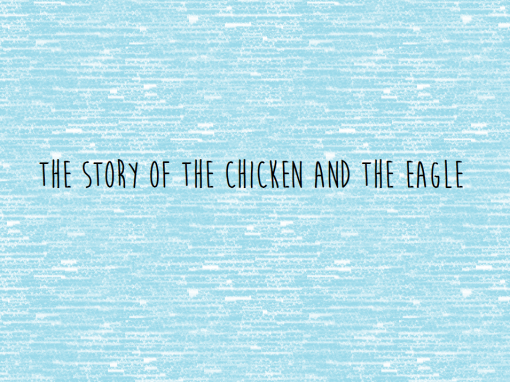
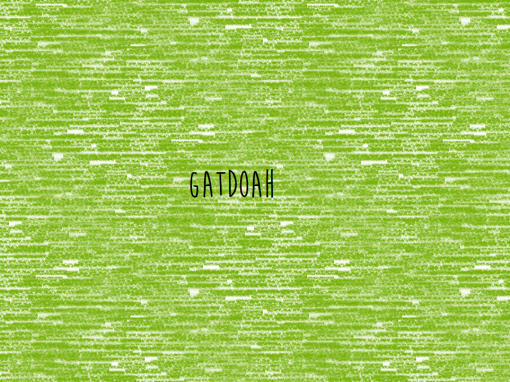

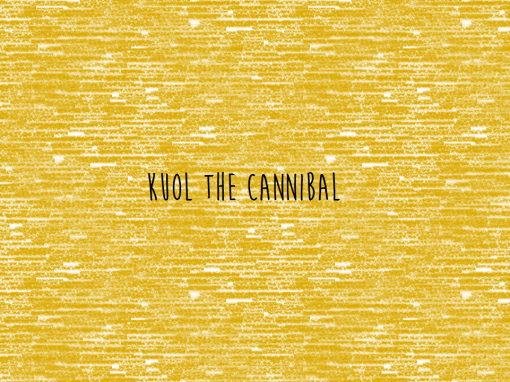
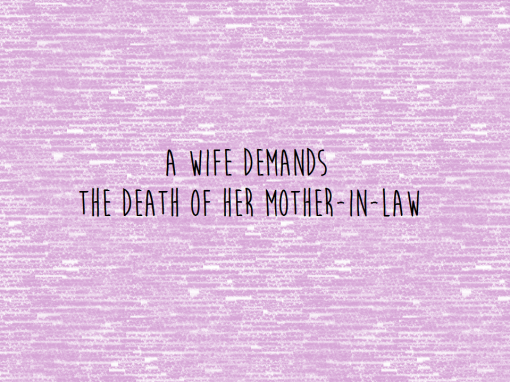
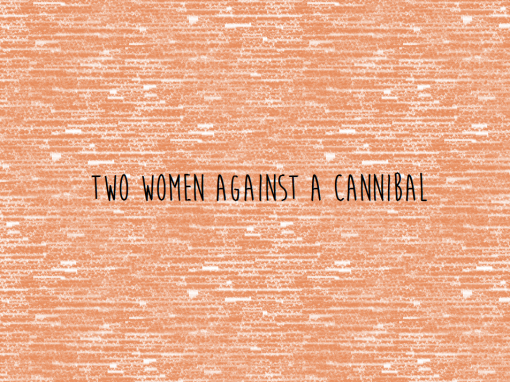
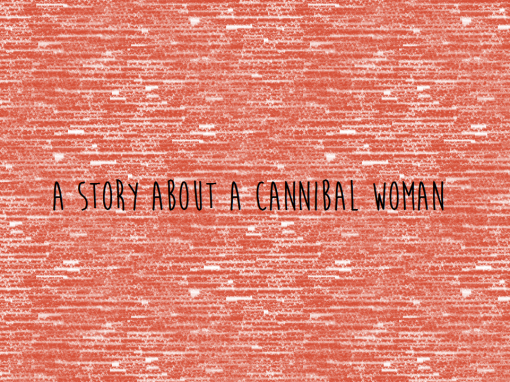
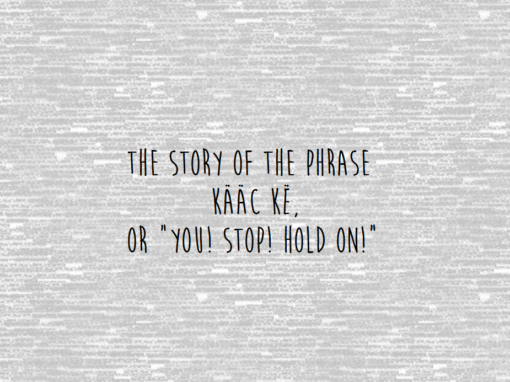
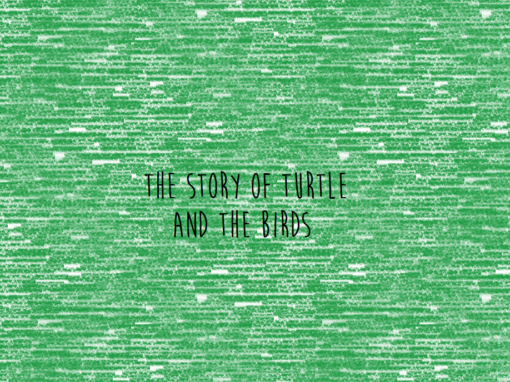
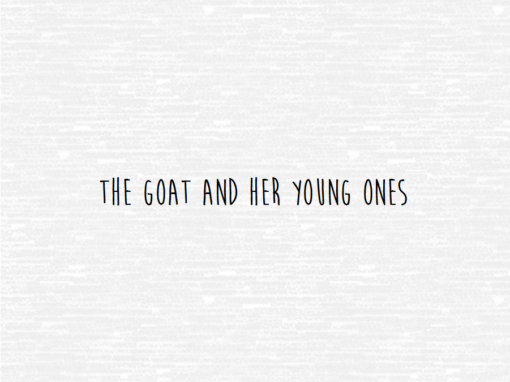
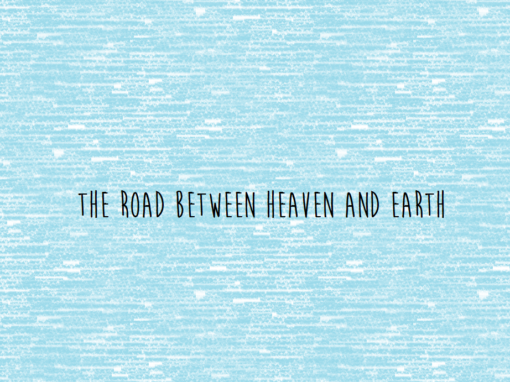
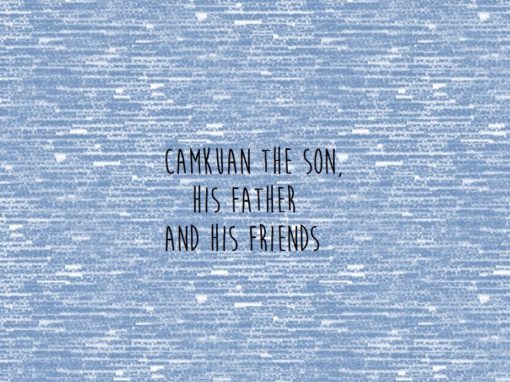
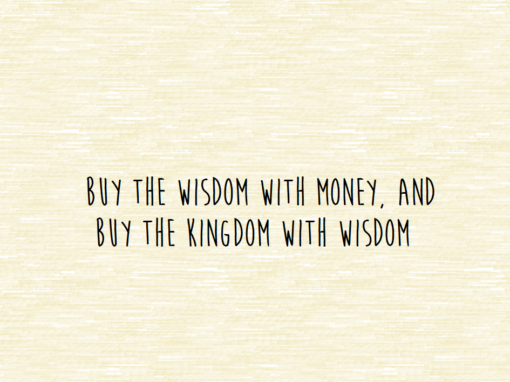
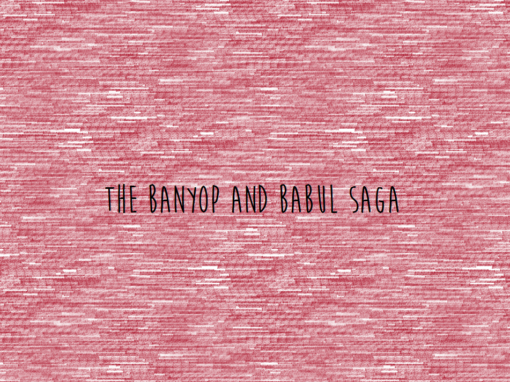
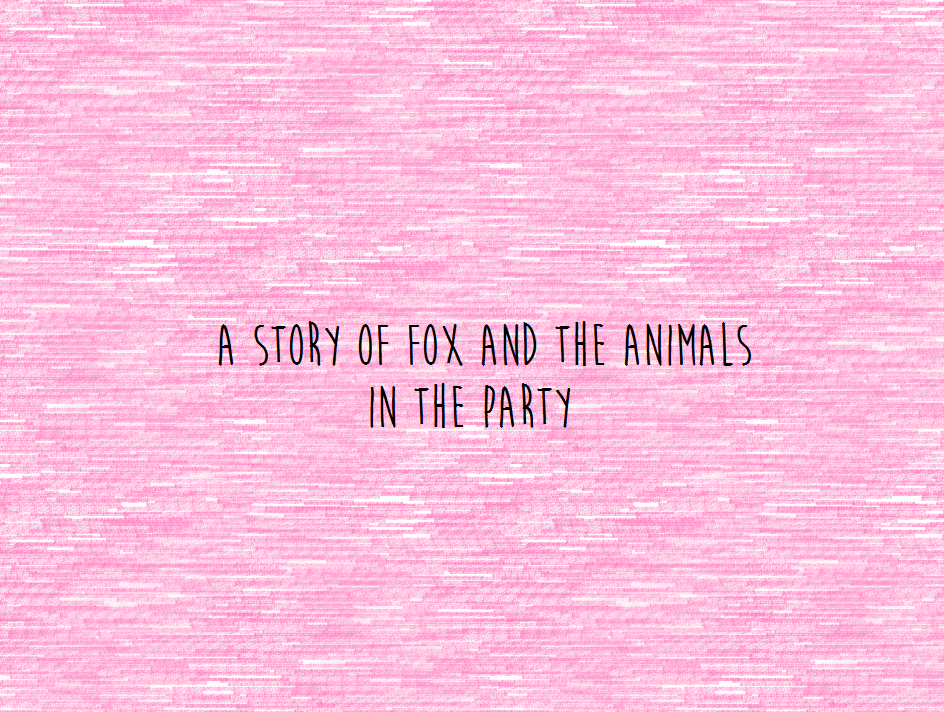
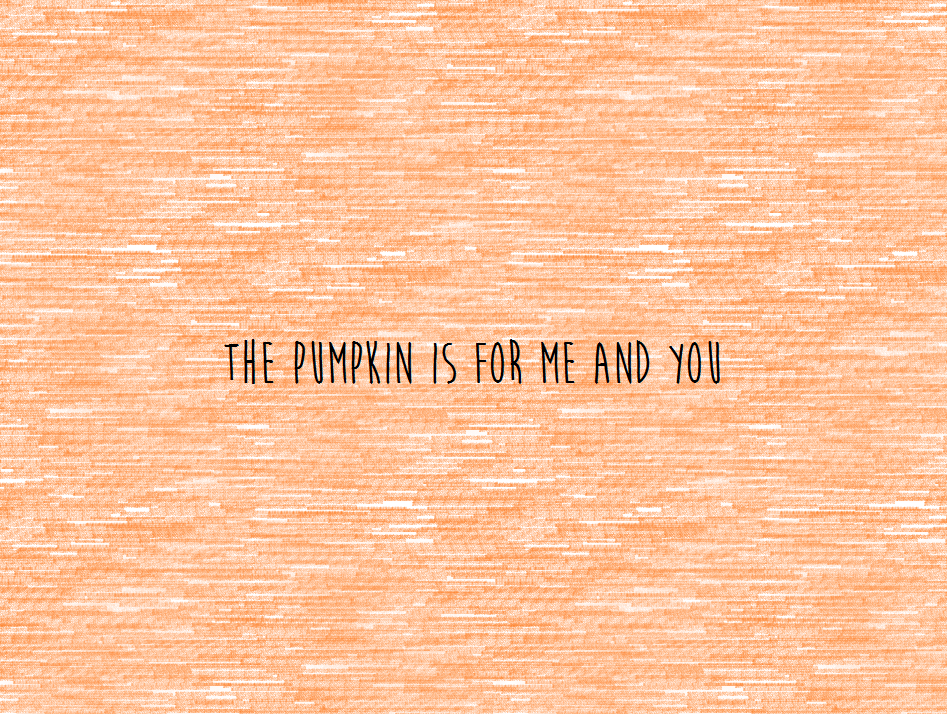
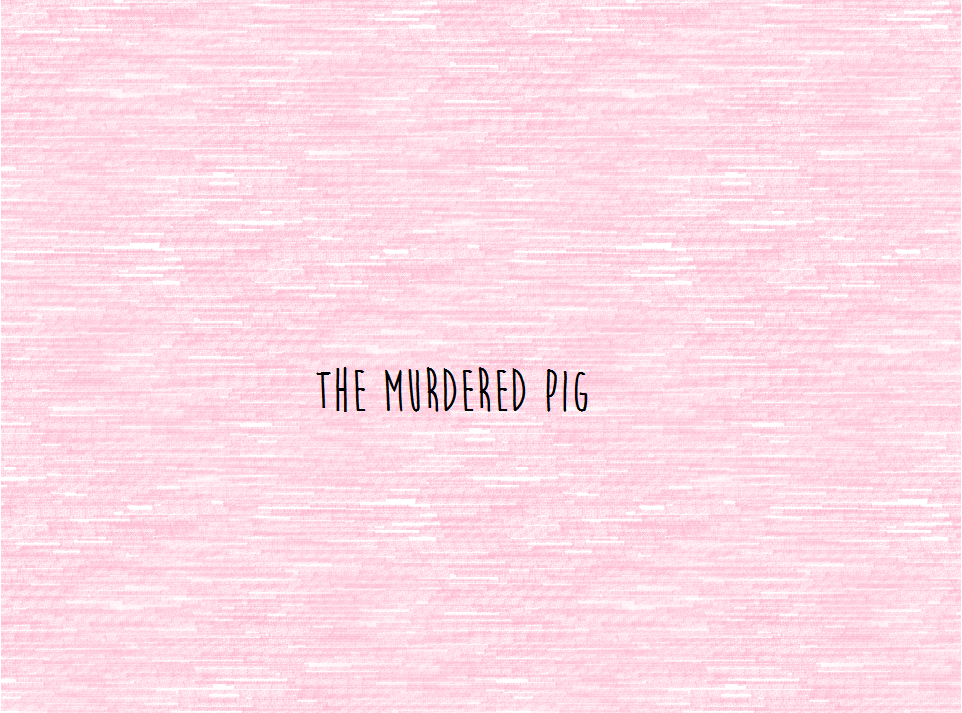
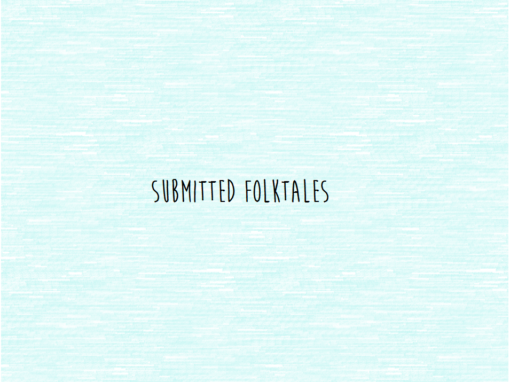
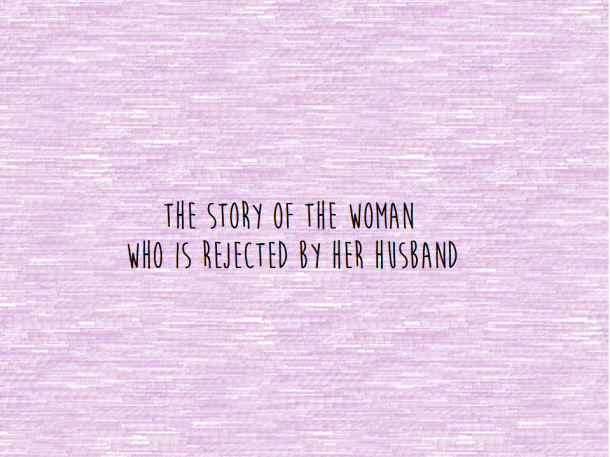
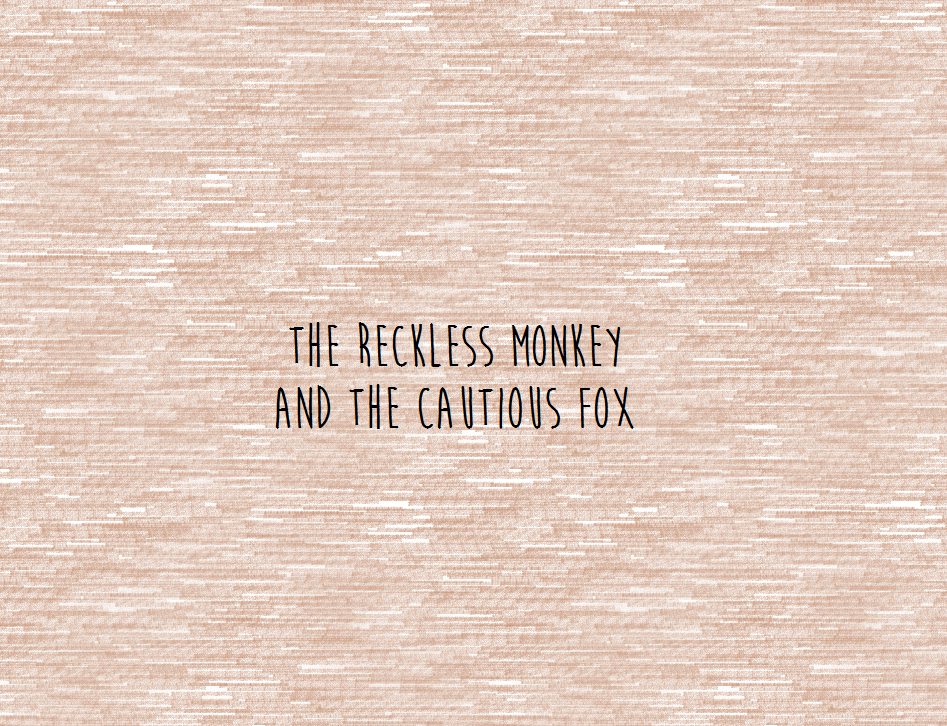
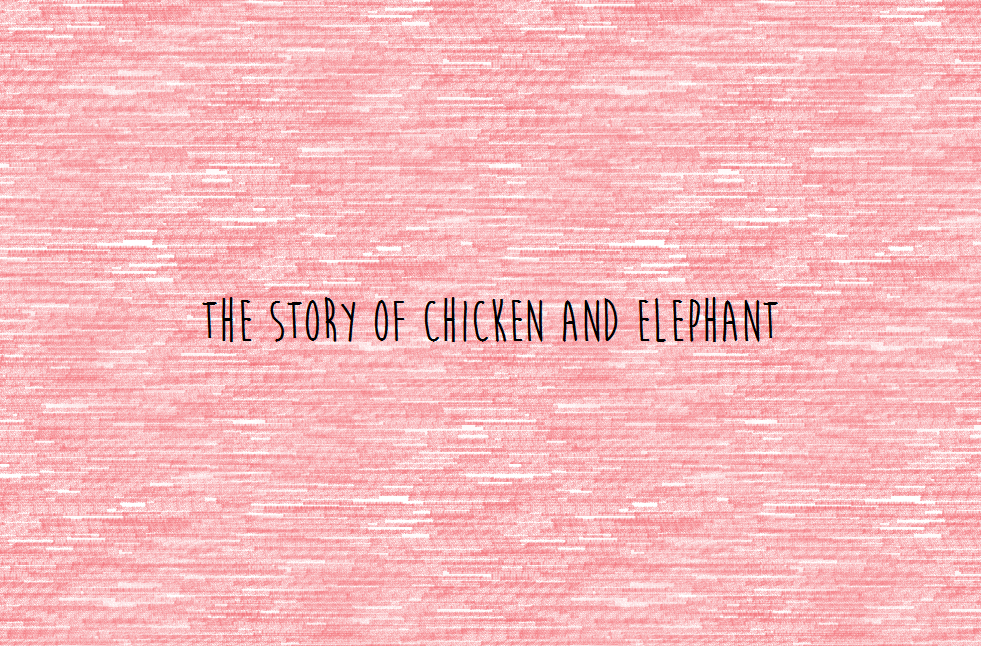
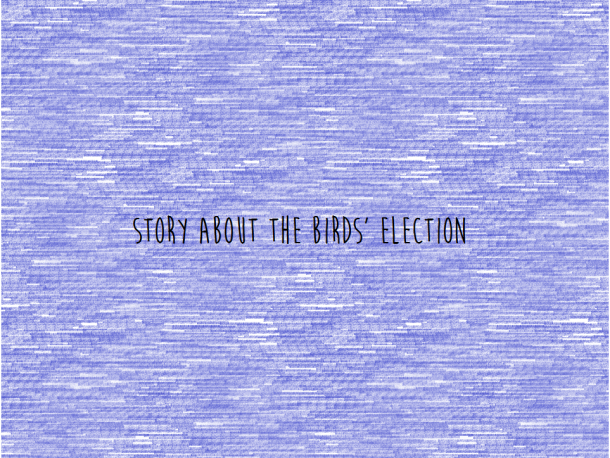
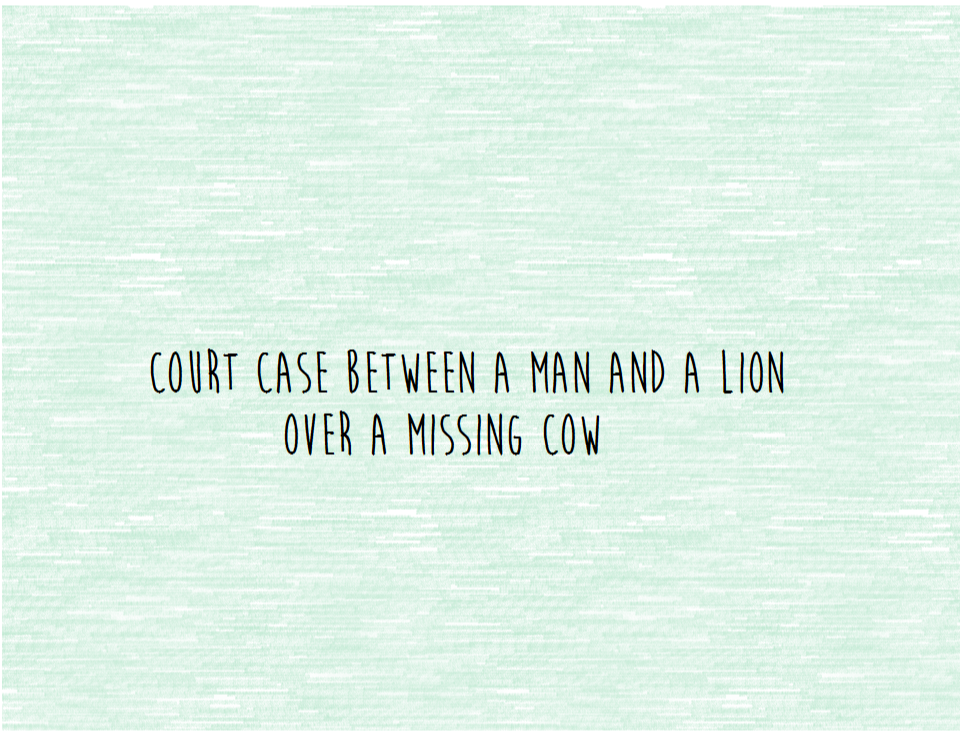
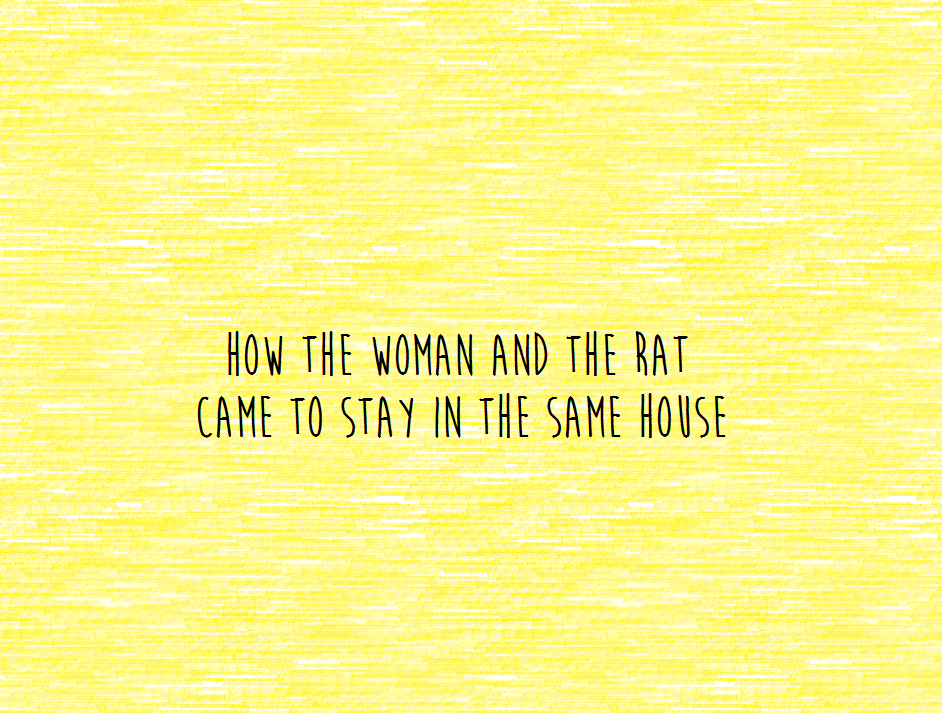
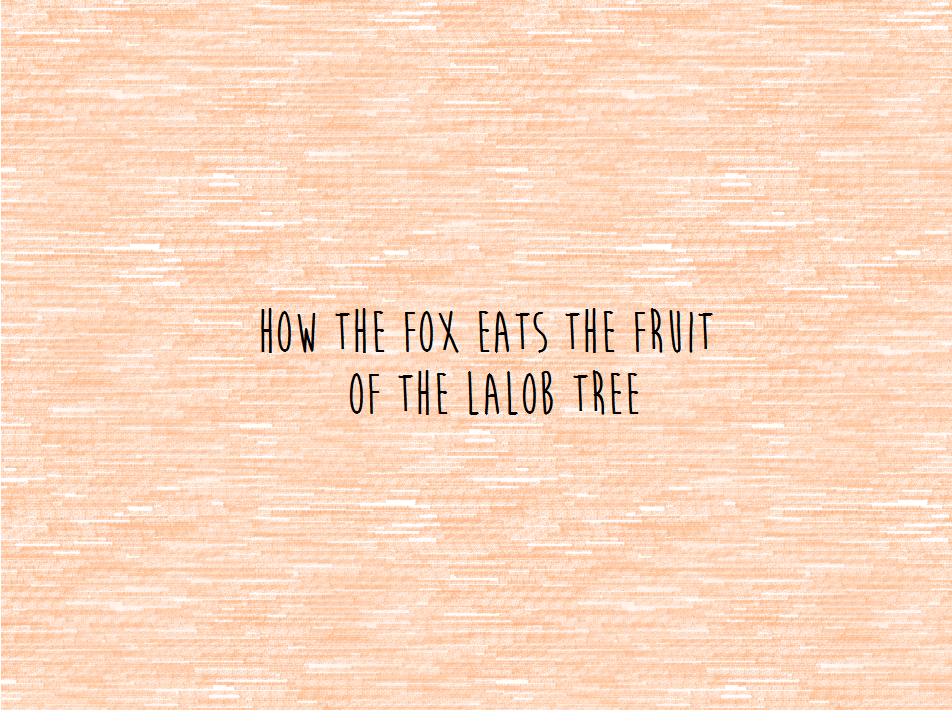
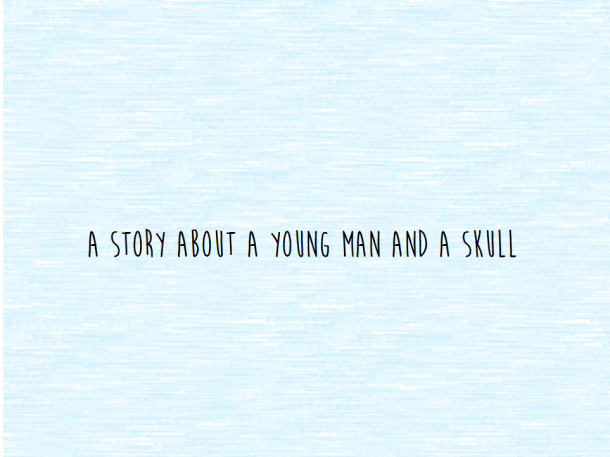

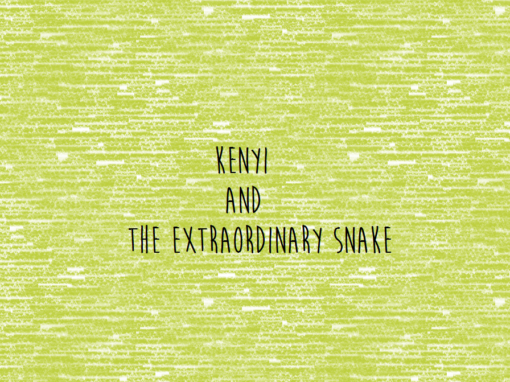
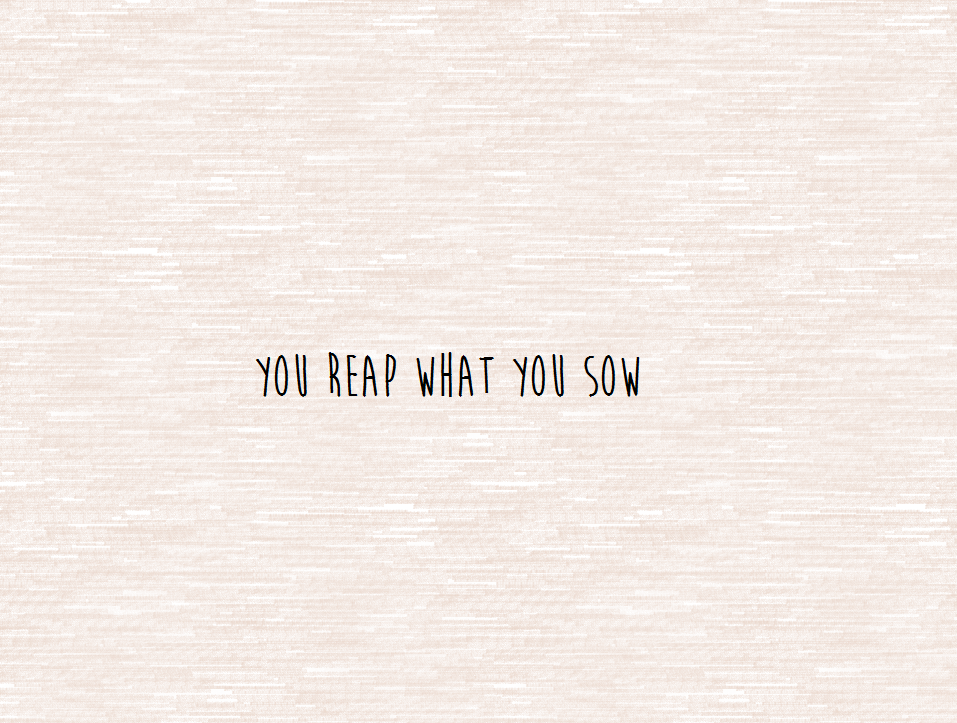
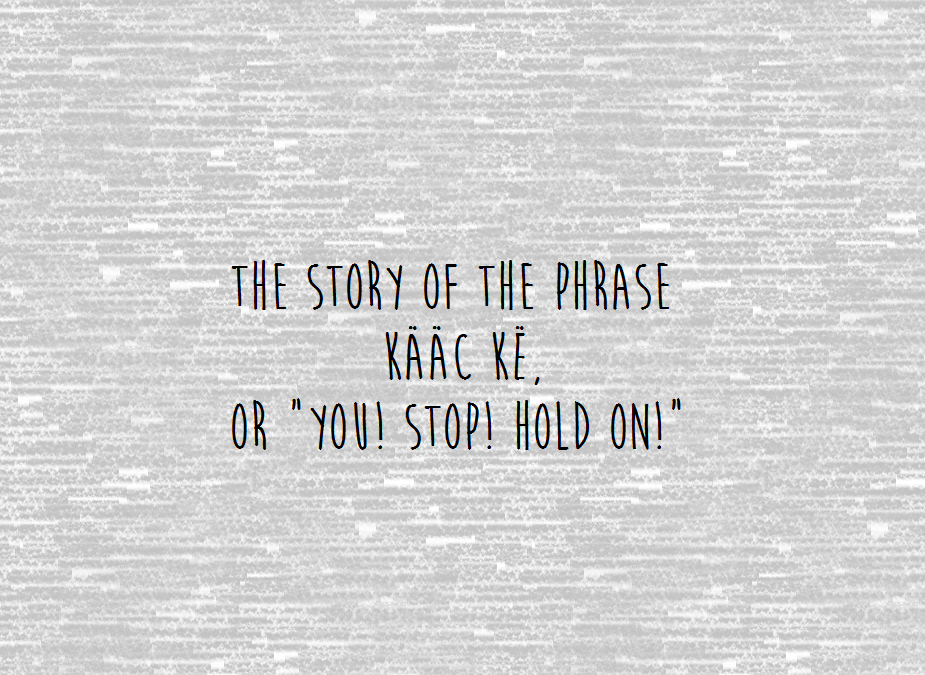
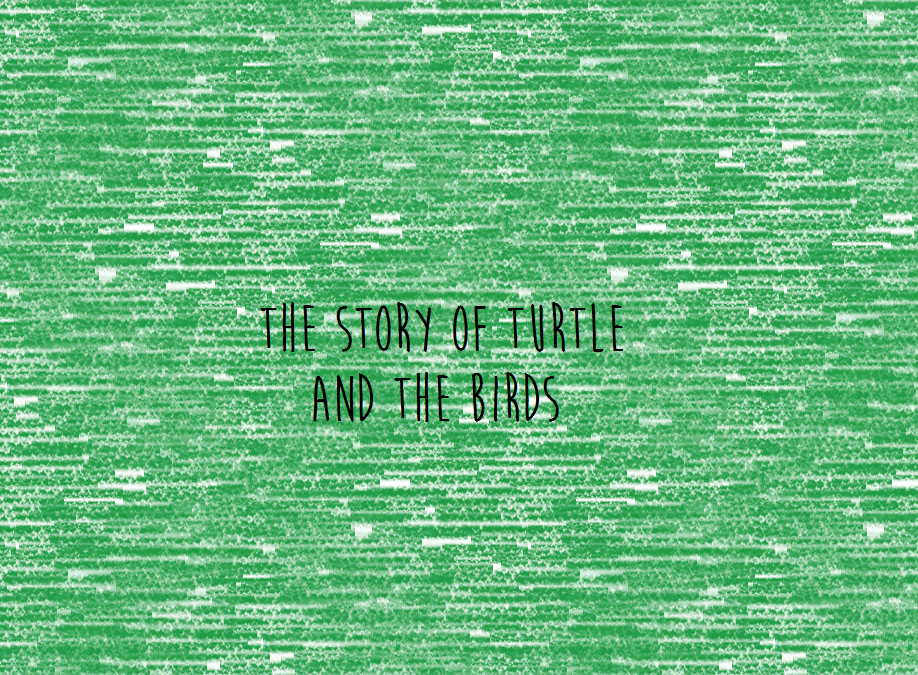
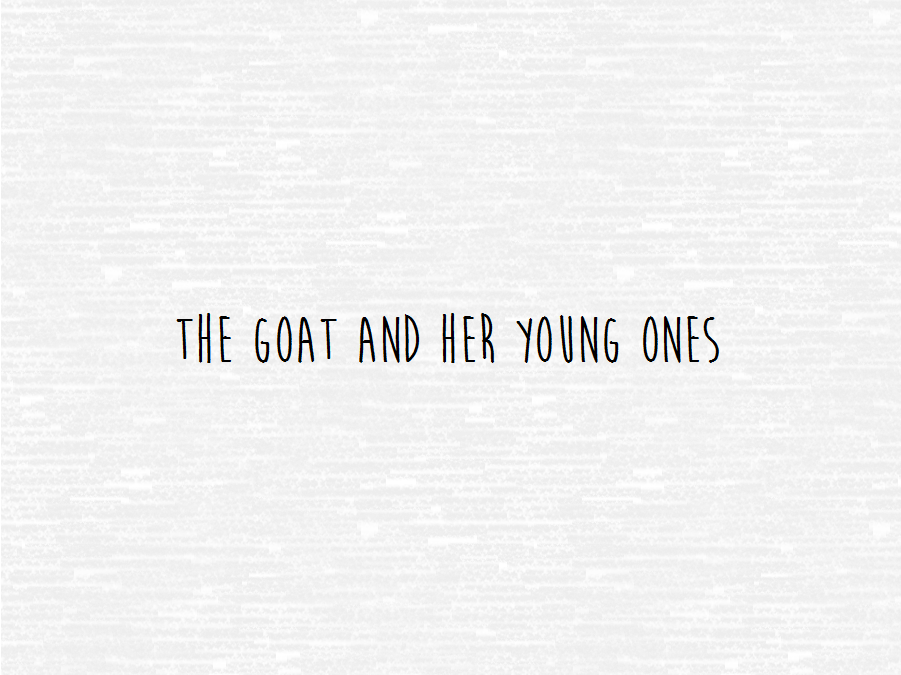
Recent Comments